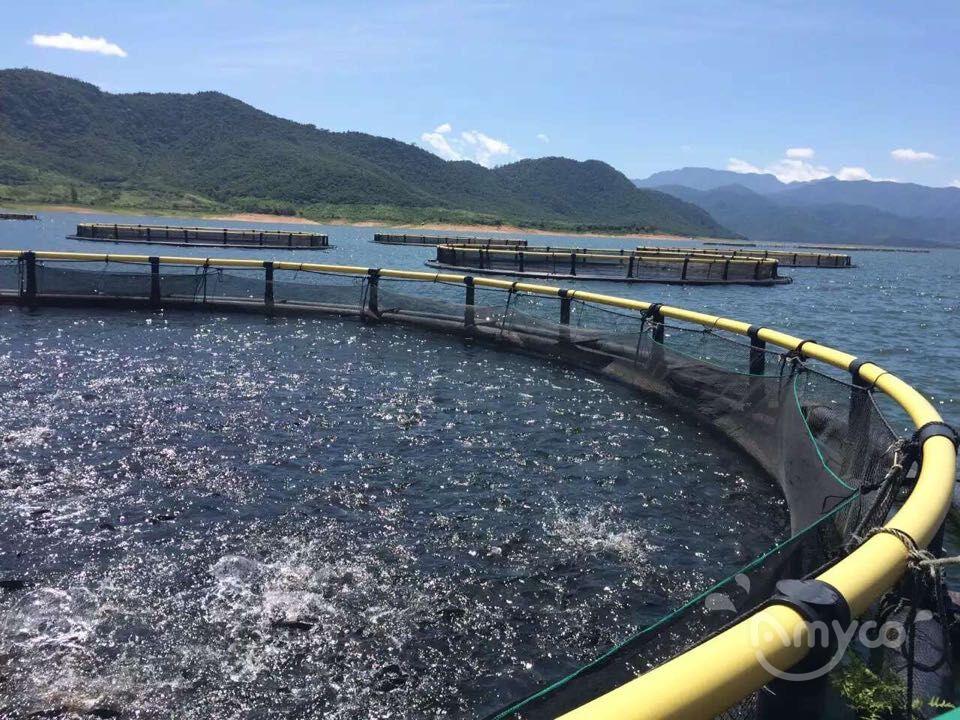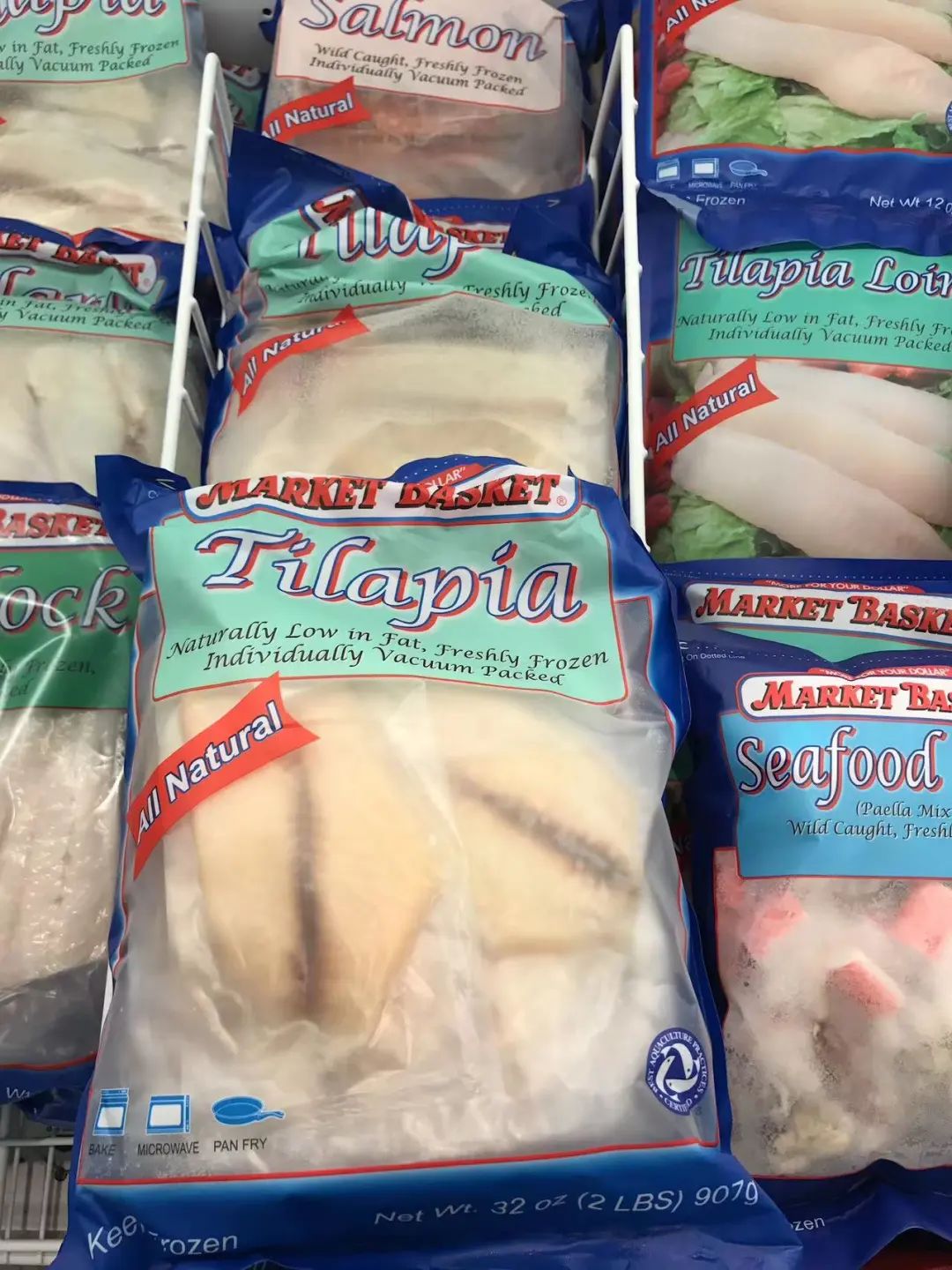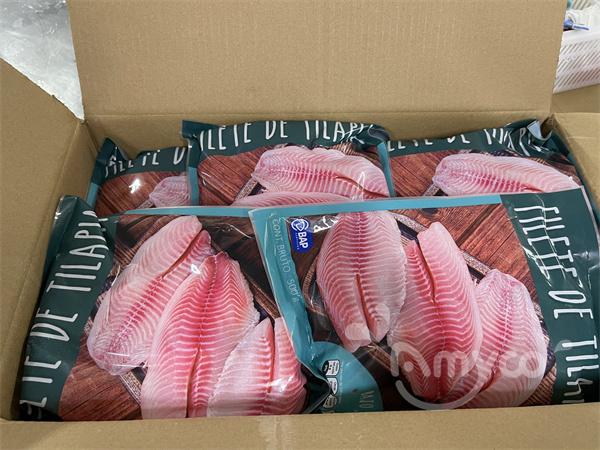Raw materials are still in short supply, what is the future price trend of tilapia?
Against the background of generally sluggish market conditions for aquatic products, tilapia prices continued to remain strong in the second half of this year.
The price trend is improving in the second half of this year, mainly because #tilapia has experienced a bleak market in the past year . For more than a year from May 2022 to August 2023, tilapia prices continued to be sluggish, and farmers suffered huge losses. The losses mainly come from the following aspects:
- Feed prices have increased by 30-40%, which directly promotes the increase in breeding costs;
- Climate change and extreme rainstorms have lowered the success rate of breeding;
- The quality of the feed has caused the fish raised from one bag of feed to drop from more than 20 kilograms to about 15 kilograms.

The above reasons have pushed the breeding cost to 4.8 yuan/500g, and some farmers’ costs even exceed 5 yuan/500g . Under the sluggish price situation last year, many farmers suffered losses in three batches of fish within a year. As a result, many farmers have given up raising fish, resulting in a sharp drop in production this year. According to industry estimates, the density of tilapia fry will be reduced by more than 50% in 2023, and it is roughly estimated that production will drop by 40-50% this year.
From a market perspective, September to December each year and January of the following year are the traditional peak seasons for tilapia consumption. However, the overall consumption situation this year is not as good as in previous years. However, due to the shortage of raw materials, the market is still in a state of relatively short supply, and the current price is relatively strong.

But in reality, both the domestic market and the export market are still relatively weak overall. Especially the United States, which is a traditional big consumer of tilapia. In 2019, China’s total tilapia exports accounted for about 69% of the United States’ tilapia imports. However, according to rough estimate and judgment, China’s total exports this year may only be accounting for 50-60% of the US market.
There is a relative shortage of fry this winter, and there will be no significant increase in breeding volume in the short term. For processing plants, on the one hand, they need to maintain production to ensure normal operation of the factory; on the other hand, they will not make large inventories when raw material prices are high. At the same time, orders from foreign markets are usually completed in February, and the number of stocks in ponds will not be particularly large by then. Therefore, it is expected that the price of tilapia will remain stable until May or June next year, and it is difficult to see a significant decline, but it will not rise significantly.
However, the supply of spring seedlings will be relatively abundant in February and March. Judging from the breeding cycle, the supply of raw materials is relatively sufficient in July and August, and prices will fall to a certain extent in the second half of the year. As for the price drop, it is mainly linked to the breeding situation this year.





